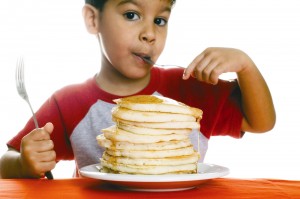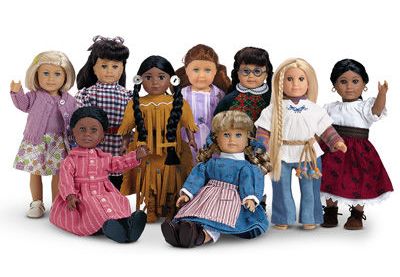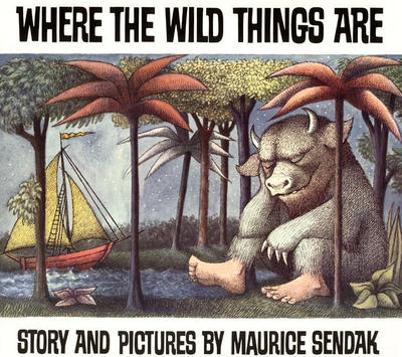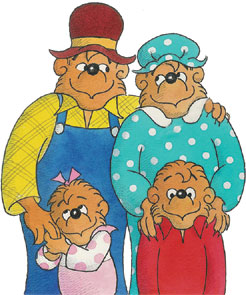The Baby-sitters Club
In my experience as a devoted reader of The Baby-sitters Club, these books were quite popular among girls my age during our elementary school careers in the mid 1990s. Each week when our class would go to the school library we would scour the shelves for The Baby-Sitters Club novels, seeking one that we had not yet read. If memory serves, these books always had very tattered covers. This could be for a couple of reasons: One, that elementary school children are incapable of not destroying something as delicate as a paperback novel; or two, that these books exchanged hands between many elementary school girls. During the summers the search for unread Baby-sitters Club books would be transplanted to the public library, which always had a much larger selection of tattered cover books about a certain group of babysitters. Through the years and many dedicated search efforts, I never came across any boys who read the series. If boys did, they certainly did not advertise their interests.
Beginning in 1986, Ann M. Martin began writing novels centered about middle school aged children who ran a babysitting business. These middle school children worked to fulfill the need for babysitters in their neighborhood. Her novels were published from 1986 until 2000 and sold approximately 170 million copies. 131 novels were published; this number does not include the special edition novels or subsequent series that sprouted after the initial success of The Baby-sitters Club novels. Of the ten main characters that Martin developed in her novels, only one of them was male.
In Elizabeth Segel’s discussion of gender and its relation to childhood reading, she suggests that “boys [venture] into the territory of girls’ reading only with considerable trepidation” (73). The Baby-sitters Club series was quite obviously marketed to girls. If the flowery and brightly colored covers did not dissuade boys from reading the series, the cast of main characters that only included one male might have. The series seems to reinforce the gender role of females as caretakers; in her writings Segel discusses how literature that is specifically catered to girls tends to reinforce ideas such as these. It appears that in writing the series Martin does attempt to reach out to male readers through the inclusion of a male babysitter. However, whether or not this was enough to induct male readers into a predominantly female following is difficult to say. As Segel plainly puts it: “reading a book about a girl is still cause for embarrassment for many young readers” (76).











